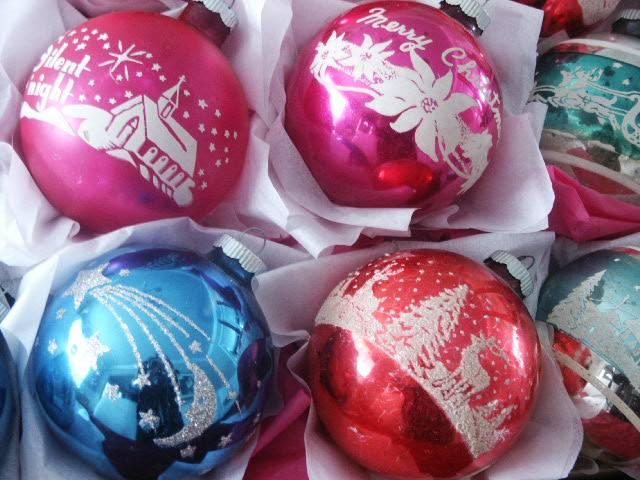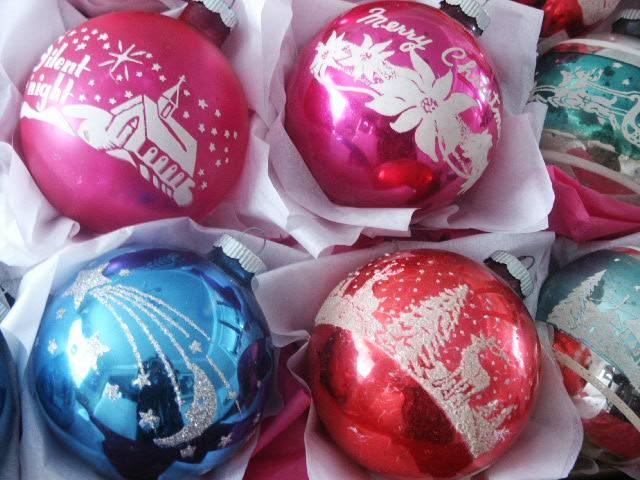Trending Now
Your grandmother probably had box-loads of these beautiful, brightly colored and extremely fragile ornaments. You can also find them in antique and vintage stores, and, if you’re lucky, thrift stores. They’re called Shiny Brite, and the story behind them is rooted, surprisingly, in war.

Photo Credit: Public Domain
Shiny Brite originated with a German toymaker named Max Eckardt. Eckardt was born in 1890 in Oberlind, which was 20 miles away from the glass ornament hub of Lauscha. In 1926, he opened his first ornament company in Oberlind with his brother, Ernst. Presciently, they also opened an office in New York City, where Max emigrated in the late 20s.
In 1937, Eckardt foresaw a second world war on the horizon, and he feared he would no longer be able to import his glass ornaments from Germany. So he decided to open his own factory stateside. He called it the Shiny Brite Company because the insides of the balls were coated with silver nitrate, which kept them shiny and reflective.
https://www.instagram.com/p/B6Go1NpA-bd/
That same year, Eckardt approached the Corning Glass Company. He told them Woolworth’s would buy a sizable amount of ornaments if their light bulb production machinery could be modified to make the glass balls. Corning was able to successfully produce the glass globes that Eckardt needed – and Woolworth’s very first order was for 235,0000.
Woolworth’s Five-and-Ten-Cent Stores started selling them in 1939 for up to ten cents each.
Eckerdt’s foresight paid off. By 1939, with Hitler in power and the British setting up blockades, glass ornaments from Germany were impossible to import.
https://www.instagram.com/p/B5StMNWHc9I/?utm_source=ig_web_copy_link
Corning was making 300,000 Shiny Brite ornaments a day by 1940. They lined the balls with silver nitrate and coated them with lacquer before sending them out to the artists, including the ones at Eckerdt’s factory, for decorating. After the artists painted the silver balls in vibrant colors, they were packaged to be sold in their iconic brown and green boxes.
Over time, other designs emerged such as tops, bells and icicles.
While World War II waged overseas, Eckardt had to make some adjustments. Silver nitrate and lacquer became scarce, so the company had to paint directly onto clear glass. Metal caps and hooks were eliminated in favor of cardboard and yarn. And the tiny bits of tinsel inside some of the ornaments had to be taken out altogether.
Then, when the war finally ended, the U.S. government asked Eckhardt to go to West Germany and help rebuild the original ornament industry there.
https://www.instagram.com/p/B5tZKpXHZ51/?utm_source=ig_web_copy_link
Here in the States, Eckardt’s business continued to boom, with thousands of machine-painted Shiny Brite ornaments flying out factory doors daily from four facilities throughout the 1950s.
Eckardt died in 1961, right as plastic ornaments began to get popular. Glass ornaments slowly fell out of favor, and their production eventually stopped.
Then, in the late 90s, designer Christopher Radko obtained the Shiny Brite name and began making and selling replicas.
But keep an eye out for boxes of the original Shiny Brite ornaments – if you spot one, you’ll get to hang a little vintage luxe in your tree.






